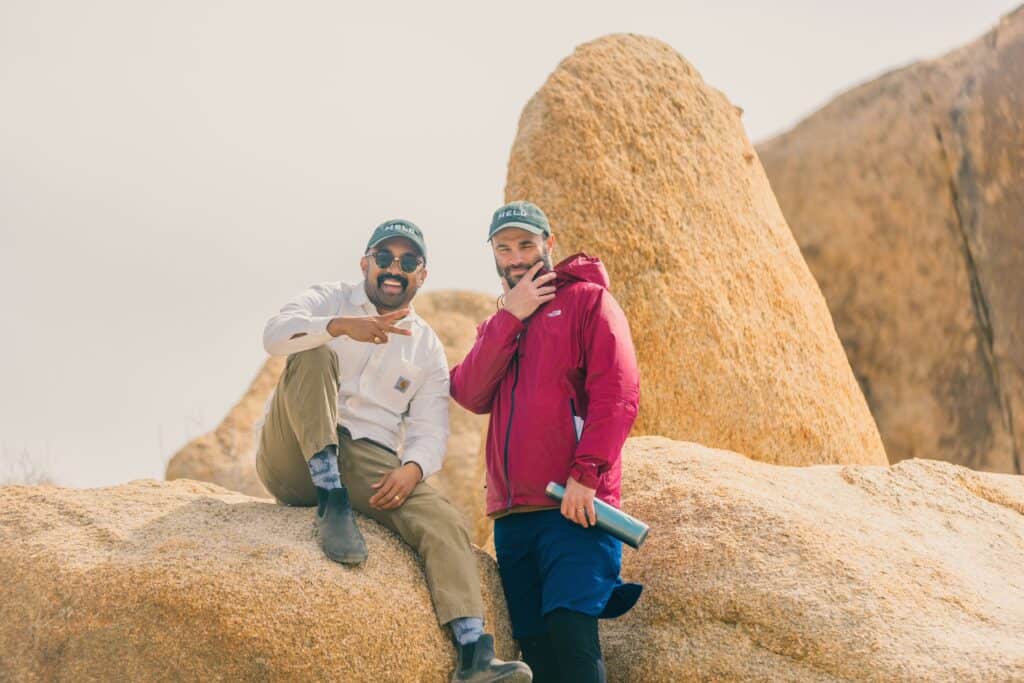The Evolution of Functional Men’s Work
Men have asked me for years:
Where did this start?
How did you build it?
Why does this work so well?
This page is my answer. It is not a pitch. It is a history: A long arc of doing the work, getting it wrong, learning, and building something that lasts.

The Early Foundation
This began in Boulder, Colorado, in the late 1970s. I trained for four years with the early developers of somatic psychotherapy and body-based healing. That training shaped everything that came later.
In 1980, I moved to Phoenix, Arizona to work as a Rolfer. Over time, my practice expanded into leading clinics focused on integrative and functional health. That’s where I made a critical discovery:
When I asked men how they felt emotionally, they avoided the question.
But if I asked what they felt in their bodies, they engaged.
That was the key: men connect to emotion through the body.

First Men’s Groups
In 1995, while running my clinic in Scottsdale, a girlfriend looked at me and said, “I can’t feel you.” She was right. I didn’t know how to share anything beyond an explanation. I couldn’t connect emotionally. That was a wake-up call.
So I started my first men’s group. It was mediocre — but it was a start.
Then I moved to Northern California and joined a group that showed me what was possible when men committed to doing this work together. After relocating to Idaho in 1997, I tried again. Two groups in, I realized I couldn’t just hope for it to work — I had to build it intentionally.
In 2005, I invited 11 men into my straw bale home in Sandpoint, Idaho.
That group became the Sandpoint Men’s Group (SMG).
Over the next 20 years, it grew to over 500 alumni and 60+ active members across six groups. It sparked a documentary, inspired groups across North America, and became the seedbed for three businesses — culminating in MELD.

From EVRYMAN to MELD
After years of men asking me to teach them how to lead groups, I formed Free to Win. We traveled across North America like the Johnny Appleseed of a new kind of men’s work. We also began offering virtual trainings to reach more men.
In 2017, I co-founded EVRYMAN. I created and led every program, and trained others to do the same. The media took notice. That attention helped and hurt — but it brought the work to over a thousand men. Each event gave me another opportunity to refine what I had developed.
By the end of 2023, it was time to evolve again.
I left EVRYMAN — along with my core team and every program and method I had created. We launched MELD to take this work deeper and wider.
Everything I developed at EVRYMAN now lives inside MELD, including what was once the EVRYMAN Method: now the MELD Method. And we have expanded — creating offerings for therapists, men integrating plant medicine, journeys, and others who need deeper change and experience support.

Functional Men’s Work
When I gathered those first 11 men in my living room, I didn’t expect it to become a business, let alone a method used by thousands.
It was personal. I wanted to learn how to connect in real, grounded ways. And when I started learning how, I wanted other men to have access to it too. We all wanted to connect with others in ways we had not been taught; we wanted authentic connections.
I didn’t expect men to tell us that this work saved their marriages. Or that it kept them alive.
I didn’t expect to see a movement grow out of one small Idaho group.
And I didn’t expect that, in my 70s, I’d have more energy and passion than ever. Or that every week, I’d hear how this work is still changing lives. This is what we now call Functional Men’s Work.
It’s not therapy.
It’s not another self-help trend.
It’s a living system that brings men back into connection with themselves, with others, and with what matters most.